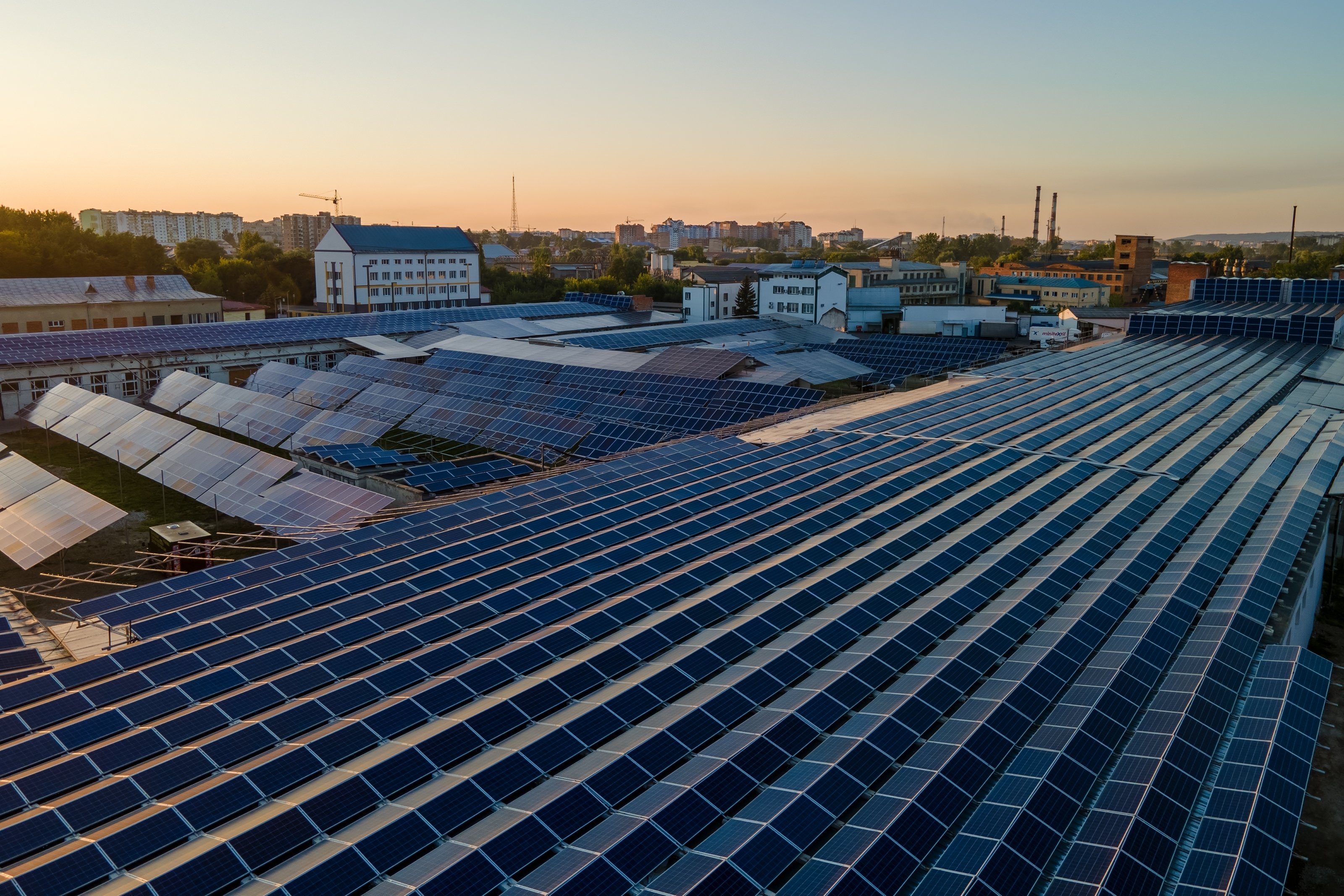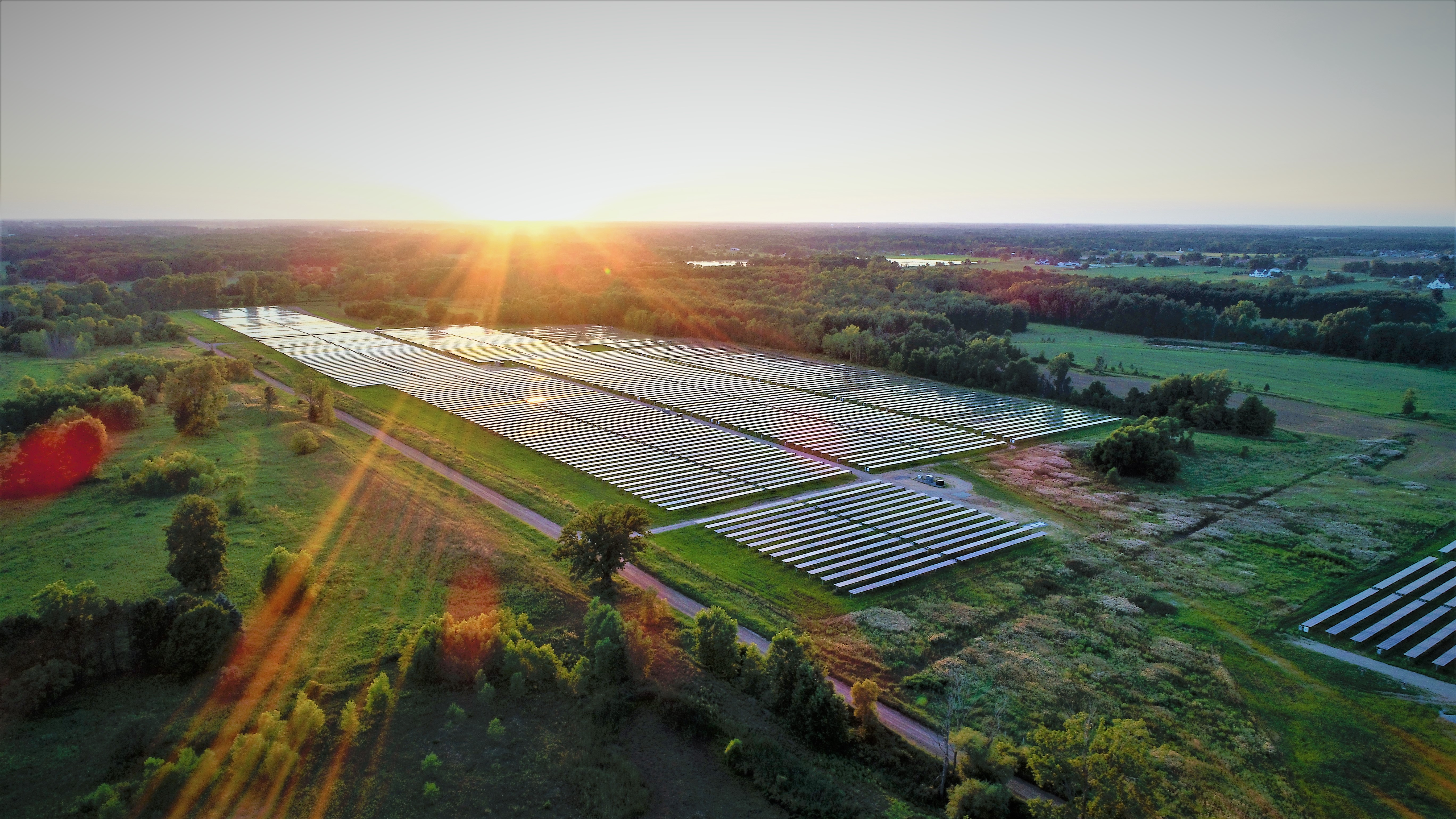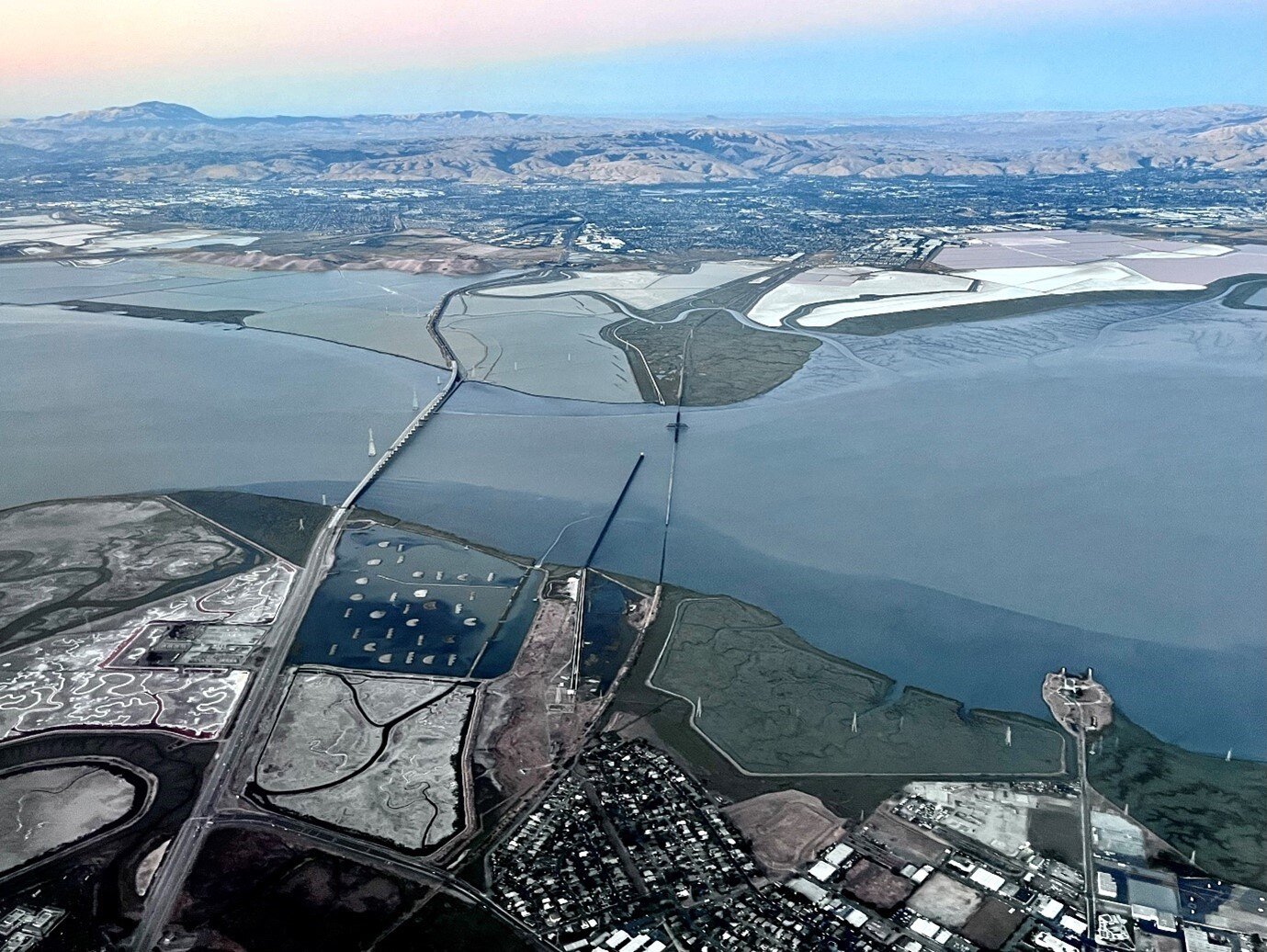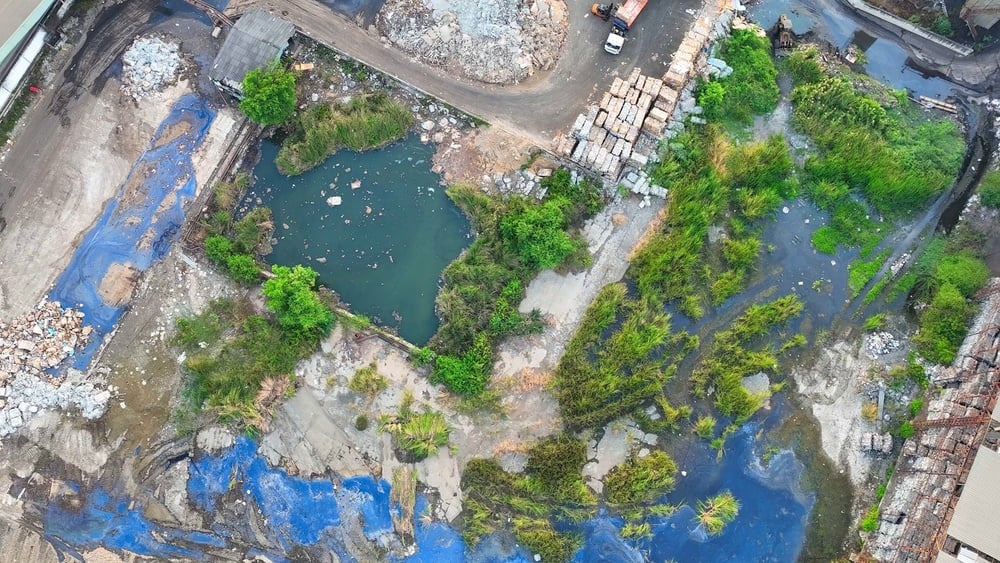My prior solar-related blog published in March 2023, focused on the growth of renewable energy installations at landfills across the country and how the majority (60%) of installations on contaminated lands, landfills, and mine sites were at former landfills that were primarily located in the eastern United States. That blog discussed that “landfills” are not automatically considered a “brownfield” and, thus, not automatically eligible for tax incentives offered by the Inflation Reduction Act of 2022 (“IRA”).
This blog dives deeper into the definition of a “brownfield” to be eligible for tax credits according to the IRA. A brownfield that is successfully developed into a solar development is called a “brightfield.” As this blog discusses, solar developers should understand what meets the definition and what type of site does not meet that definition. The definition surprisingly excludes many types of sites that most of us would argue should logically qualify.

The IRA and What’s a Brownfield for Tax Credits
The IRA discusses tax credits for renewable energy projects and provides a 10% bonus credit if a project is located in an “energy community”. An “energy community” includes three location-based categories: 1) Brownfield, 2) Statistical Area, and 3) Coal Closure. Due to the financial and legal significance of understanding what an “energy community is,” both the Internal Revenue Service (“IRS”) and the Treasury Department introduced a guidance document on April 4, 2023 (Notice 2023-29, Energy Community Bonus Credit Amounts under the Inflation Reduction Act of 2022) (“Notice”).
The Notice references an EPA Cleanups in My Community Website (or similar state websites, for example) that illustrates brownfield sites across the U.S. Similarly, the EPA developed another website (RE-Powering Mapper) that identifies over 190,000 potential contaminated lands, landfills, and mine sites for potential renewable energy development. According to the websites and mappers, intuitively, finding a site that meets the definition of a “brownfield” should be relatively easy. The Notice defines a “brownfield” as:
A brownfield site for purposes of the Brownfield Category is defined in 42 U.S.C. § 9601(39)(A) as real property, the expansion, redevelopment, or reuse of which may be complicated by the presence or potential presence of a hazardous substance, pollutant, or contaminant (as defined under 42 U.S.C. § 9601) and certain mine-scarred land (as defined in 42 U.S.C. § 9601(39)(D)(ii)(III)). A brownfield site does not include the categories of property described in 42 U.S.C. § 9601(39)(B).
Unfortunately, finding a “brownfield” site that is eligible for IRA tax credits is not easy. In fact, it might be very complicated. The mapper websites list potential sites, and the dots on the maps may not include all state-listed brownfields. The Environmental Protection Agency (EPA) does not regulate most state-specific brownfields – individual state agencies do. Plus, the list of excluded types of sites in 42 U.S.C. § 9601(39)(B) is much longer and more complicated than what is included in the definition. Further, the list of excluded site types suggests that a qualifying brownfield site can be “dirty” but not too dirty. Here are a few examples of sites that do not qualify as a “brownfield,” yet most of us believe should logically qualify:
- A facility that is on the National Priority List (“NPL”) or is proposed for listing according to the Comprehensive Environmental Response, Compensation, and Liability Act (“CERCLA”). These sites are generally regarded as the most contaminated Superfund sites in the U.S.
- A facility that is subject to a consent decree, court order, or administrative order under CERCLA or other federal programs.
- A facility that is subject to corrective action under the Solid Waste Disposal Act (e.g., a municipal solid waste landfill) and a corrective action permit or order has been issued (e.g., for groundwater contamination).
Safe Harbor Assurances
The April 2023 Notice includes three “safe harbors” that were meant to ensure making brownfield determinations. A site must meet the definition of a “brownfield” but also must not be on the list of excluded types of sites (9601(39)(B)). To meet the requirements of a “Safe Harbor”, an owner must meet at least one of the following three safe harbors:
- The site was previously assessed through federal, state, territory, or federally recognized Indian tribal brownfield resources as meeting the definition of a brownfield site under 42 U.S.C. § 9601(39)(A). Potential site lists may be found under the category of Brownfields Properties on the EPA’s Cleanups in My Community webpage or on similar web pages maintained by states, territories, or federally recognized Indian tribes;
- An ASTM E1903 Phase II Environmental Site Assessment (i.e., Phase II Assessment) has been completed concerning the site following the most current applicable version of the Standard Practice for Environmental Site Assessments: Phase II Environmental Site Assessment Process of ASTM International and such Phase II Assessment confirms the presence on the site of a hazardous substance as defined under 42 U.S.C. § 9601(14), or a pollutant or contaminant as defined under 42 U.S.C. § 9601(33); or
- For projects with a nameplate capacity of not greater than 5 megawatts (AC), an ASTM E1527 Phase I Environmental Site Assessment (Phase I Assessment) has been completed concerning the site following the most current applicable version of the Standard Practice for Environmental Site Assessments: Phase I Environmental Site Assessment Process of ASTM International.
As previously discussed, meeting the Safe Harbor requirement for item #1 can be very complicated. On the other hand, satisfying the requirements for Safe Harbor #2 would be relatively easy by installing groundwater monitoring wells, soil borings, or soil vapor probes to confirm the presence of contaminants - or simply reviewing existing regulatory files and groundwater monitoring reports. Meeting the requirement for Safe Harbor #3 would be even easier because the plain language of the Notice implies that the Phase I Assessment could come back “clean” and still qualify as a brownfield (but of course, this safe harbor makes no sense).
Why a Qualified Environmental Pro is Necessary
In summary, the Notice published in April 2023 provided clarity that renewable energy developers should use to select a brownfield site to become a brightfield eventually. However, the site selection process remains ambiguous to ensure energy community/brownfield tax relief. Solar development plans become less profitable if you incorrectly assume tax credits in your business plan.
Official “brownfield” determinations can be initiated by savvy environmental consultants that know how to review state and EPA-specific governmental records, develop multiple lines of evidence, navigate the state-specific brownfield process, and meet with state and EPA regulators to pitch the argument why a site should qualify. In my experience, state and EPA regulators love the idea of constructing renewable energy facilities over contaminated lands. Hiring a top-notch environmental legal counsel would also bring value.
But Wait, a New Regulation is Coming…
As complicated as this process is, the IRS and Treasury Department notified interested parties in its Notice that it intends to propose forthcoming regulations to codify the requirements. Until those regulations are final (and hopefully are more informative than the interim guidance), we are left to self-interpret what it means to be an “energy community” and a “brownfield” to eventually construct a brightfield solar development capable of receiving tax credits.




